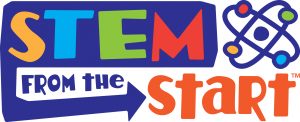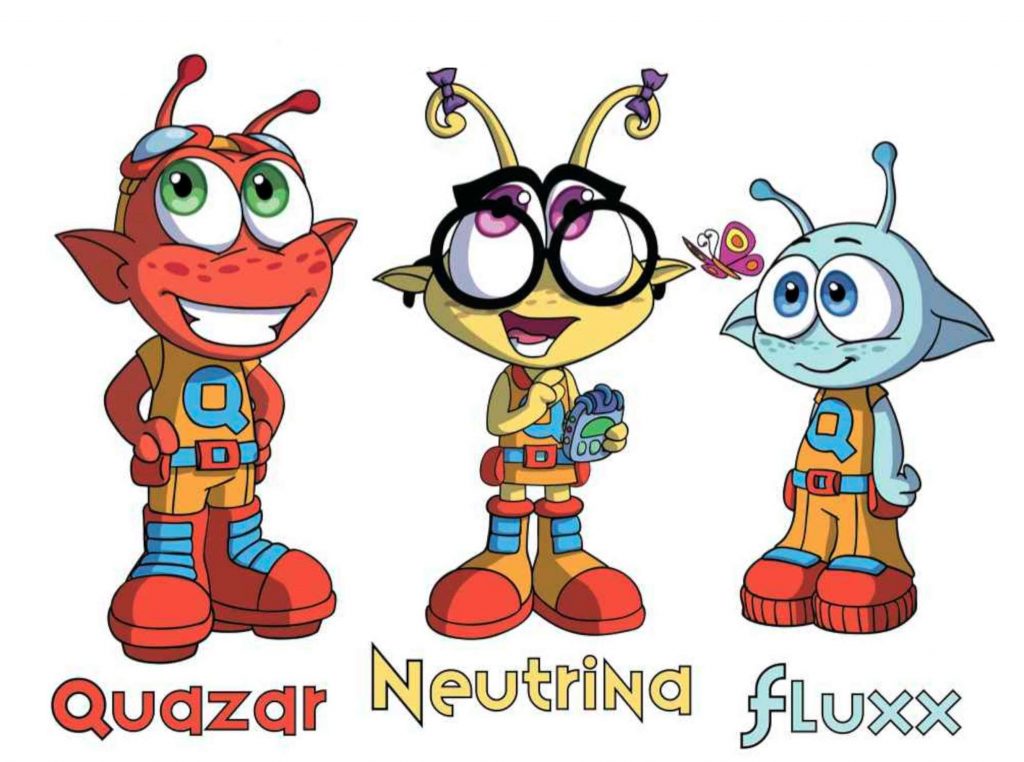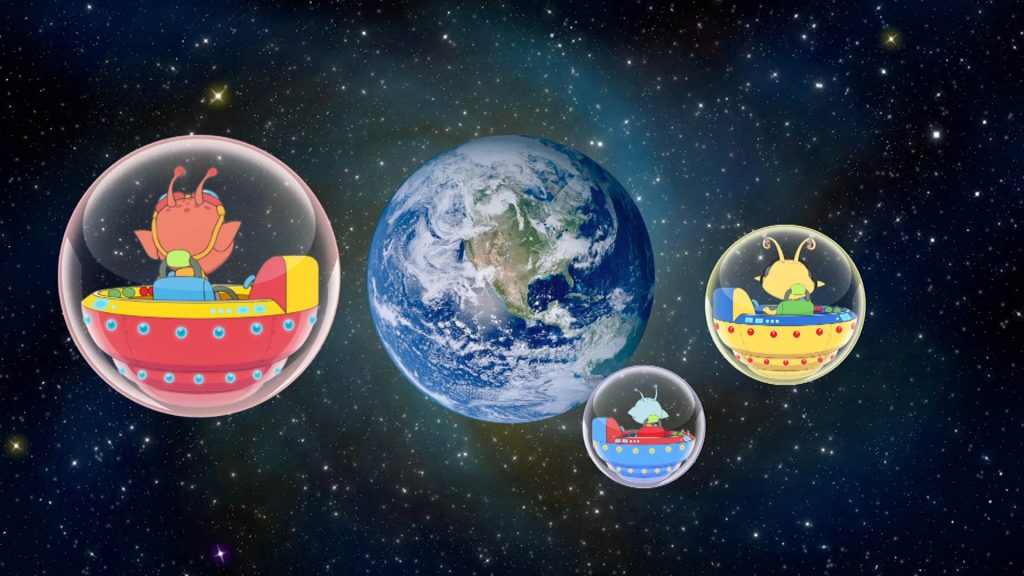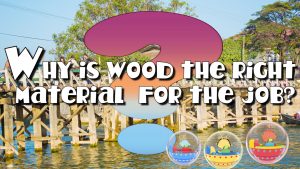
A few years back, I was talking with a friend, a science specialist from the local elementary school, about the state of science education in the early grades. Her assessment could be summed up in two words: not good.
She explained that early elementary teachers were in a serious bind when it comes to science. By and large, teachers for this age group have limited backgrounds in STEM (Science, Technology, Engineering and Math) and, because there is so much pressure to meet basic reading and math requirements, they have little or no time to prep inspiring lessons.
Even I could do the math: lack of background + lack of prep time = lack of confidence and creativity when teaching STEM subjects. The impact: by the time students reach fourth grade, a full 1/3 of students have already decided that STEM doesn’t interest them, a decision most will carry forward through the rest of their academic careers.[1]
Since teaching elementary anything isn’t something I do, I filed “Early Elementary STEM Dilemma” in my mental directory under “Problems I Couldn’t Possibly Fix”. But educational media is something I do, and I started wondering whether there might be a way to use media to help teachers engage students in STEM.
I first learned of the power of media to engage and influence a young audience while working on the PBS children’s show, Reading Rainbow. My job was to co-write the theme song and about 40 other songs for the show, one small part of the media smorgasbord the show used to draw kids into reading. Judging from the number of 20- and 30-somethings who tell me that Reading Rainbow was responsible for turning them into serious book-aholics, I’d say: “Mission accomplished.”
I started envisioning a “Reading Rainbow for STEM”, something that would use every trick in the media book to get kids excited about learning STEM. I passed the idea by an entrepreneurial friend of mine, Tom McCarron, who, somewhat to my surprise, gave it an enthusiastic thumbs up. We formed a company, Learniverse Media, brought on some partners, and scraped enough money together to do a pilot lesson.

Since cartoon characters are the biggest attractors for kids in the early elementary age range, the first media “trick” we decided on was animation. I came up with a premise involving three insatiably curious aliens called Quinks (Quizzical Thinkers from Space) who have come to our planet to explore Earth’s science secrets. What I liked most about this storyline was the way it echoed the experience of children this age, who are themselves tiny explorers, experiencing the world for the first time.

Next, we decided to composite the animated characters into live footage. This would allow the Quinks to interact with real people, like Willow, a smart, friendly earth-girl who guides them in their explorations, and with actual scientists and engineers who show the Quinks how the science they are learning can be applied to solve real world problems.
This approach would also allow the Quinks to learn about science and STEM in real world environments as opposed to animated ones. (If there was ever a subject that should be taught in the real world, it is science!)
But, unlike Reading Rainbow, our media presentation would have to go beyond engagement to teach detailed science content, something educational TV is not all that good at. First, there is the passivity of the viewer. While kids learn by taking in information, they also learn by doing. This is especially true in areas like science and engineering where inquiry, skill-building, and problem solving are a big part of the equation. Second, information presented in any kind of video format is going by way too fast for the average child to absorb and retain.
Video technology, of course, has come a long way since the Reading Rainbow days. Teachers can download the lessons onto their PC’s and present them in the classroom using digital projectors or smart boards. This makes it possible to weave teacher-guided activities breaks into the fabric of each narrative, solving the “passive viewer” conundrum. The activities, which are carefully laid out in the accompanying teachers guide, run the gamut of science inquiry and practice with extensions into technology, engineering and math.
Taking breaks from the story also solved the “absorb and retain” problem by keeping the narrative segments short and giving young minds a “comprehension pause” to think about and consolidate what they are learning.
Initial testing in classrooms in New Hampshire indicated just how well this integration of “view” and “do” works. Here’s what we found:
- Students engaged deeply with the lessons —even students with special needs.
- Comprehension/retention levels were high.
And, because the animated adventure structures the lesson and illustrates the key concepts being covered, teachers found the lessons quick to prep and easy to deliver.
Which brings us to the present. The project is now called STEM from the START, and we are partnered with our local PBS affiliate, New Hampshire Public Television, to promote it as well as raise money for ongoing production. Our website, www.stemfromthestart.org, went live in January 2017, so teachers, homeschooling parents and aftercare givers can now stream or download the lessons and accompanying teacher guides. And, since we wanted all schools to have access no matter what their economic circumstances, all STEM from the START materials are, and will continue to be, available at no cost.
Giving teachers the tools they need to get our littlest learners engaged and excited about science and STEM is going to be a long and challenging process, and I’m not planning to move “Early Elementary STEM Dilemma” over to my “Problems I Actually Fixed” file anytime soon.
But so far so good.
 Dennis Neil Kleinman was part of the original team behind the long-running PBS kids show Reading Rainbow, and that experience triggered a lifelong interest in using media to make challenging content more accessible. His work as a writer and producer has been featured on The Disney Channel, PBS, The Learning Channel, History Channel, Showtime, A&E and Nat Geo. He is currently Executive Producer of STEM from the START.
Dennis Neil Kleinman was part of the original team behind the long-running PBS kids show Reading Rainbow, and that experience triggered a lifelong interest in using media to make challenging content more accessible. His work as a writer and producer has been featured on The Disney Channel, PBS, The Learning Channel, History Channel, Showtime, A&E and Nat Geo. He is currently Executive Producer of STEM from the START.
For more information about STEM from the START, contact Georgia Maguire at georgia@stemfromthestart.org or follow @STEMfromSTART on Twitter and on YouTube.
[1] “STEM Education — It’s Elementary”, U.S. News & World Report, August 29, 2011.





